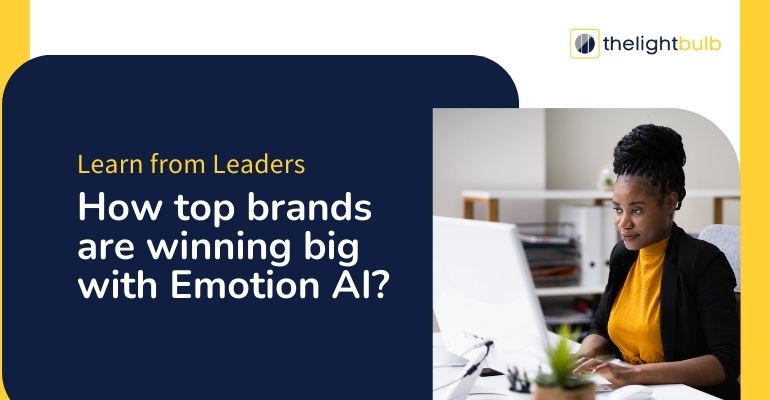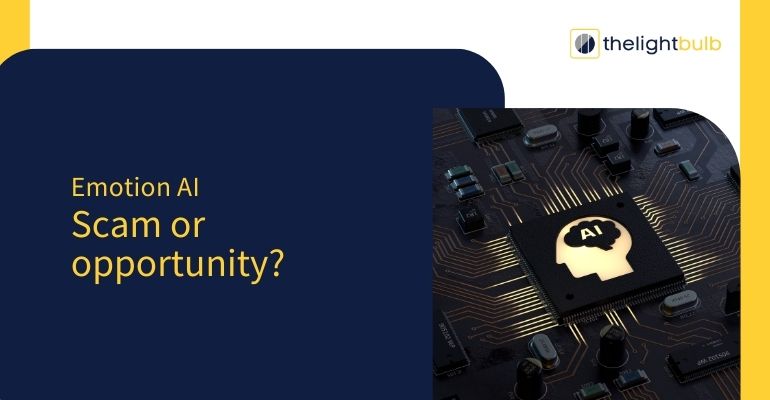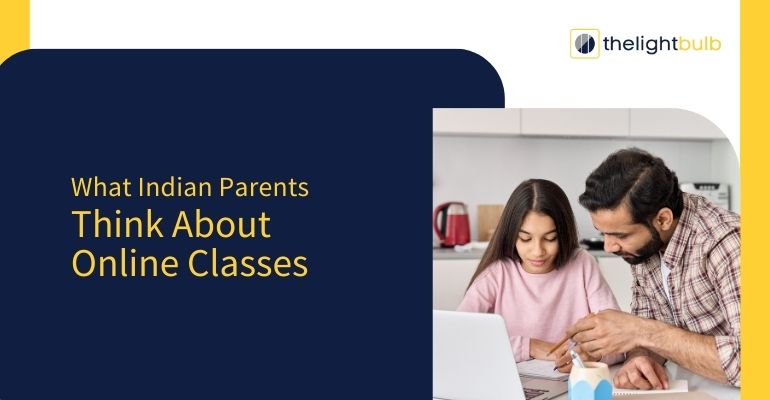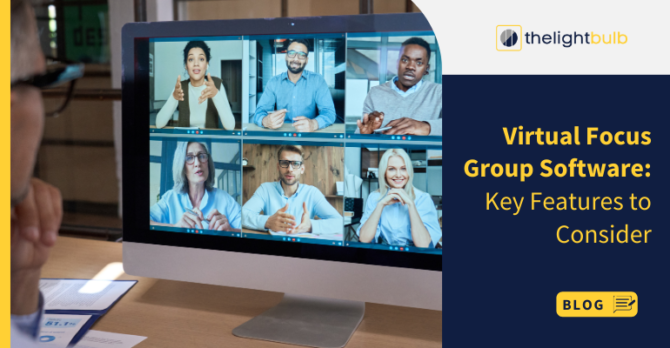
Traditional focus groups have taken a significant leap and the emergence of their evolution is embarked with the introduction of virtual methodologies facilitated by sophisticated video conferencing solutions. Do you know what this means? Well, something that once required physical presence can be easily achieved in a remote setting and all the credit goes to the seamless integration of digital video conferencing tools.
Recently, virtual focus groups have gained immense traction among business market researchers. The remotely conducted conferencing sessions over the internet decently embody the essence of the traditional focus groups without missing the touch of a physical meeting. However, the secret lies in efficiently and correctly transforming the immense data from a virtual session into actionable to make informed choices.
In this article, we’ll delve into the important considerations for choosing the optimal virtual focus group software. Also, we’ll share with you some highly recommended best practices that enhance the efficiency of conducting and analyzing virtual group sessions.
What is a Virtual Focus Group?
In simple terms, virtual focus groups represent the participation gathering comprising 8 to 10 individuals engaging in a discussion centered around specific topics in a digital space using a stable internet connection. Virtual meeting platforms offer enhanced convenience when speaking of time efficiency, cost-effectiveness, and accessibility for respondents residing in different geographical locations.
In these forums, participants share their opinions, ideas, and responses which is quite similar to in-person focus groups. If you ask about the noteworthy similarities between virtual and traditional focus groups it includes the following –
- Encouraging the participant to share input and respond to the inputs.
- The necessity for initial screening to confirm the identity of a selected individual in a meeting.
- Lastly, adherence to essential elements for conducting the meeting.
Variants of Virtual Focus Groups
Virtual focus groups manifest in two primary formats:
- Chat-Based Focus Groups: These platforms prioritize simplicity and immediacy, serving as an excellent choice for discussions. They require straightforward technical setups, and participants typically invest 60 to 90 minutes or less. When the aim is to comprehend immediate reactions, the analysis process can be swift.
- Webcam and Audio-Based Focus Groups: Operating in real-time, these platforms enable both moderators and participants to engage visually and audibly during discussions and stimulus reviews. Sessions generally extend from 1.5 to 2 hours, allowing researchers to observe and hear participants’ contributions simultaneously.
Thus, this was a concise glimpse into the landscape of Virtual focus group studies. As previously highlighted, the necessity for a proficient platform to conduct these surveys effectively becomes evident.
Virtual Focus Group Software: A Complete Overview
But what exactly do we mean by virtual focus group software applications or platforms?
These are specialized tools that facilitate streamlined and enhanced research through focus groups (chat-based or web-based). The outcomes are insights that help in making informed decisions.
Compared to mainstream video conferencing tools like Zoom or Teams, virtual focus group software applications excel in conducting qualitative research. Their abilities extend beyond the basic amenities of a video platform by delivering outcomes that can be deduced as similar to traditional face-to-face interviews.
Virtual Focus Group Software Key Features to Consider
When evaluating virtual focus group software applications, understanding the essential features can greatly assist in choosing the ideal solution for your business needs. Let’s delve into these pivotal aspects:
When evaluating virtual focus group software applications, understanding the essential features can greatly assist in choosing the ideal solution for your business needs. Let’s delve into these pivotal aspects:
1. Free flow of insights:
The platform should provide uninterrupted data anytime and is also meaningful. Even when the traditional in-person groups are put on hold, these platforms should ensure unstopped monitoring and collection of quality insights from crucial participants.
2. Expanded dimension to qualitative research:
The chosen virtual focus group software should share distinct and unique management capabilities by offering an added layer of qualitative research methodologies. It should support easy administration by augmenting the steps involved in qualitative research effectively.
3. High Return on Investment (ROI):
An ideal virtual focus group software should eliminate physical barriers, going beyond the limitations of time and locations to cut down costs. By mitigating geographical and demographic constraints the software can enable broader and more diverse research outcomes and most importantly ensure high ROI.
4. Ease of analysis:
Most important your choice of virtual focus group software should be very easy to use. It should facilitate effortless transcription of speech, allow note-taking, do sentiment analysis, and have session review capabilities. All these are highly required for deciphering data and enhancing reporting to pertinent stakeholders involved in the research process.
5. Integration of Paid Virtual Focus Groups:
The ideal virtual focus group software should allow the user to conduct a paid Virtual focus group where the host can incentivize participants to garner opinions, thoughts, and valuable insights as a result, making the session highly engaging.
The transition from offline to Virtual focus groups brings forth tangible advantages, shaping the choice for conducting qualitative research in today’s landscape for both brands and researchers. These inherent features signify the transformative potential of leveraging virtual focus group software for robust and insightful research outcomes.
TheLightbulb.ai Virtual Focus Groups Analysis
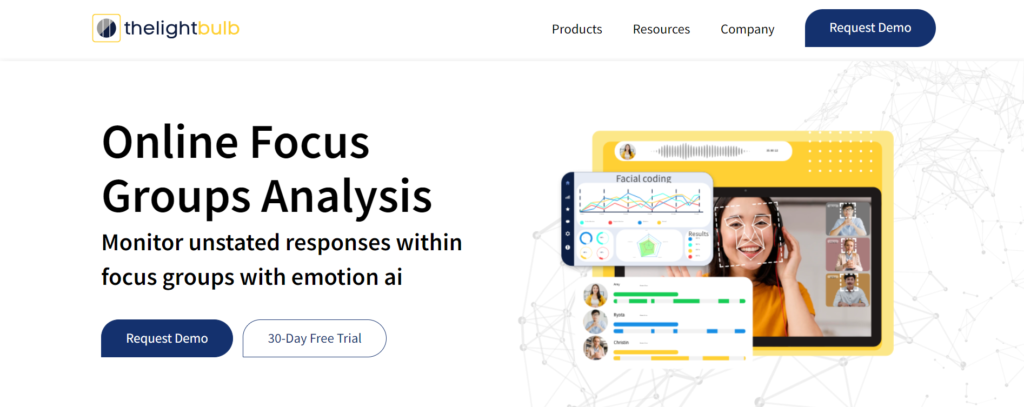
Amidst the plethora of options equipped with the aforementioned features, navigating through choices can be overwhelming. However, allow us to simplify this process for you. Presenting TheLightbulb.ai’s Virtual Focus Groups Analysis.
The Virtual Focus Groups Analysis software is designed to delve into the unspoken nuances within focus groups using cutting-edge emotion AI. While this tool takes on the heavy lifting involved in Qualitative FGD sessions, you can focus on eliciting insights from respondents. With features like auto-transcription, meeting recording, facial coding, sentiment analysis, and audio tonality analysis, no subtlety goes unnoticed.
Key technologies that power emotion-aware FGD analysis
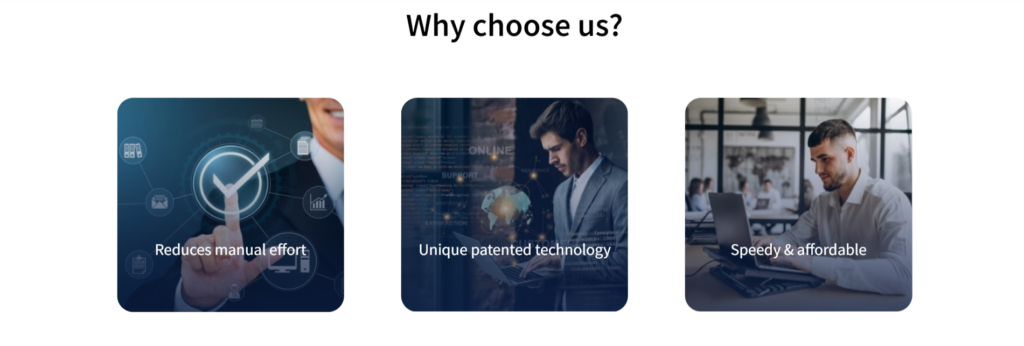
TheLightbulb.ai’s FGD analysis tool harnesses a combination of advanced technologies:
Facial Coding
Never miss a moment of your respondents’ emotional fluctuations and engagement levels as they react during the FGD conversation. Understand engagement, confusion points, and areas of disagreement to tap into unexpressed responses and conflicting reactions.
Speech Transcription
Engage respondents without worrying about note-taking or transcription. Our automated multi-lingual speech transcription capabilities allow you to focus on interaction. *Default support for English; other languages available upon request.
Text Sentiment Analysis
Uncover the sentiment behind respondents’ words—whether positive, negative, or neutral—to truly comprehend their intended meaning. Detect high-frequency keywords and associated sentiment to decipher brand associations. *Currently available for English only.
Audio Tonality Analysis
Decode sentiment conveyed through voice tone and utterances, irrespective of language. This technology, adept across cultures and geographies, is available in beta for select use-cases.
Survey
Efficiently plan and construct surveys that empower deeper consumer understanding and augment your research endeavors.
The amalgamation of these robust technologies positions TheLightbulb.ai as a swift and dependable option that accomplishes data analysis within hours, rather than weeks. With its ability to handle substantial tasks and deliver unbiased, near-real-time data from respondents, it stands as a reliable solution.
Want to explore the platform book your free demo right now!
Conclusion
In conclusion, choosing the right virtual focus group software is crucial for qualitative research success. TheLightbulb.ai’s Virtual Focus Groups Analysis, equipped with advanced features like emotion AI and sentiment analysis, stands as an efficient, real-time solution. It streamlines data analysis, decoding unspoken cues, and offering swift, unbiased insights. Embrace TheLightbulb.ai to revolutionize qualitative research and make informed, competitive strides in understanding consumer behavior.

